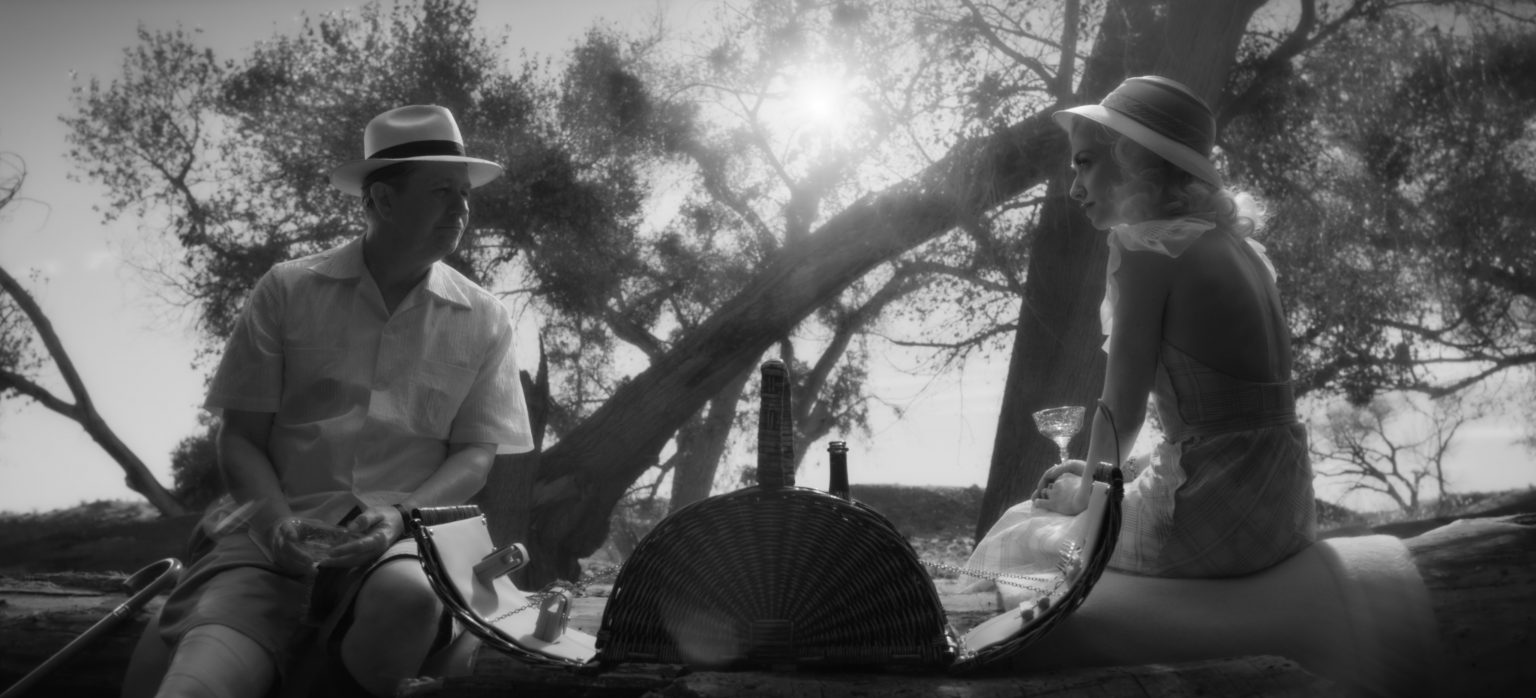Community, Leadership, Experimentation, Diversity, & Education
Pittsburgh Arts, Regional Theatre, New Work, Producing, Copyright, Labor Unions,
New Products, Coping Skills, J-O-Bs...
Theatre industry news, University & School of Drama Announcements, plus occasional course support for
Carnegie Mellon School of Drama Faculty, Staff, Students, and Alumni.
CMU School of Drama
Wednesday, February 03, 2021
Designing Eye-popping Costumes for the Black & White 'Mank'
Awardsdaily - The Oscars, the Films and everything in between.: Imagine working with David Fincher on a film about 1930s Hollywood featuring star Marion Davies, billionaire William Randolph Hearst, and screenwriter Herman Mankiewicz. Imagine having the opportunity to recreate the looks for Hearst and Davies’ famed parties featuring some of Hollywood’s biggest names and most exotic apparel.
Subscribe to:
Post Comments (Atom)

3 comments:
This article brought me back the memories when I worked as a projection designer in my high school. The director wanted the whole performance to have a mood of black and white, hatched cartoon, and thus all the projections needed to be designed with those two. While I expected it to be easier, it was actually way harder as I had to deliver certain feelings and meanings without any hue. I thought such difficulties were very well reflected in this article as well; especially with the actual people with so many different scenes with lighting options, it should have been way harder than I’ve experienced. However it was interesting to read how Summerville managed to use the mood of black and white movie to her advantage. I like how she pursued her own design decisions for the costumes while still referencing the real historical photos. I would love to watch this movie as I am also curious about how the black and white movie filmed with 21st century technology would be distinguished from the ones from the actual past.
As someone who enjoys taking film photographs, I love black and white. Even though the limited color scheme you can show so many different shades and textures. Having a photograph or movie in all black and white simplifies it down enabling more emotion to come through. I think it is fascinating reading how the costumes, hair, and makeup were created for Mank. Textures were really important. It was also interesting how darker colored costumes and lighter colored costumes did not fit the aesthetic of the film while jewel-tone costumes did. Lighting was also very important and it seems from the article that it was one of the main considerations taken in the costume department. It seems as if working in a world of black and white gives the costume designer a certain element of freedom but also is quite complicated too. I think black and white movies are very special. I never thought about how creating one would be different than a standard color film.
This article was so captivating!! Obviously filming in black and white is not something we see everyday. But it has been done before. I remember The Artist is in black and white, the films costumes which were designed by Mark Bridges were not just made in black and white. You have to do them in color and then they will register as black and white. This is also how it was in the golden days of hollywood, think if Bette Davis’ gown in All About Eve although the film was in black and white, costume designer Edith Head chose a rich chocolate brown even though it will be a tone of grey on screen. I found it interesting that the costume designer only took inspiration from the actual clothing of Marion Davies as a jumping point. The designer has to create the whole wardrobe of that character and only referencing specific garment in photographs would b selling the character short.
Post a Comment